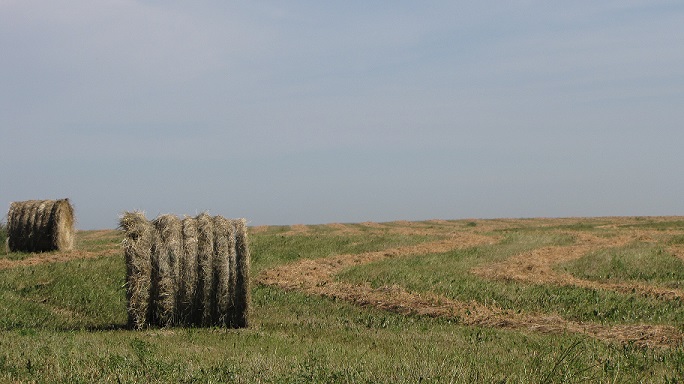Released on August 3, 2017
Harvest is underway for some producers in the south, according to Saskatchewan Agriculture’s Weekly Crop Report. Less than one per cent of the provincial crop has been combined, while slightly more than one per cent is ready to straight-cut.Forty-seven per cent of fall rye, six per cent of winter wheat, two per cent of lentils and one per cent of field peas are now in the bin. Many pulse crops in southern and central areas are being desiccated. Reported yields so far range from average to well below average, depending on field and moisture conditions.
Most of the province received little to no rain this past week, although the Glaslyn area reported 38 mm over the weekend. Many areas remain very dry and will need significant rain to fill crops and replenish topsoil moisture. For some producers in the south, crops are rapidly drying down and any rainfall now will come too late to be of benefit.
Topsoil moisture conditions have worsened with the lack of rain and high temperatures. Across the province, topsoil moisture on cropland is rated as one per cent surplus, 29 per cent adequate, 41 per cent short and 29 per cent very short. Hay land and pasture topsoil moisture is rated as one per cent surplus, 23 per cent adequate, 40 per cent short and 36 per cent very short. In most of the south along the U.S. and Alberta borders, 100 per cent of cropland, hay land and pasture is short to very short topsoil moisture.
Crops are ripening quickly in many areas and most range from poor to good condition.

Crop damage this week is mainly attributed to hot temperatures, hail, localized flooding, strong winds and lack of rain. There are many reports of insects such as aphids, diamondback moths and grasshoppers.
Haying is wrapping up for many livestock producers and yields remain significantly lower than normal.
Pasture conditions are currently rated as one per cent excellent, 18 per cent good, 32 per cent fair, 31 per cent poor and 18 per cent very poor.
Producers are getting ready for harvest, scouting for pests and finishing haying operations.
For the complete crop report, visit http://publications.gov.sk.ca/documents/20/100160-Crop%20Report%20July%2025%20to%2031_colour.pdf.
Follow the 2017 Crop Report on Twitter at @SKAgriculture.
-30-
For more information, contact:
Shannon Friesen
Agriculture
Moose Jaw
Phone: 306-694-3592
Email: shannon.friesen@gov.sk.ca
